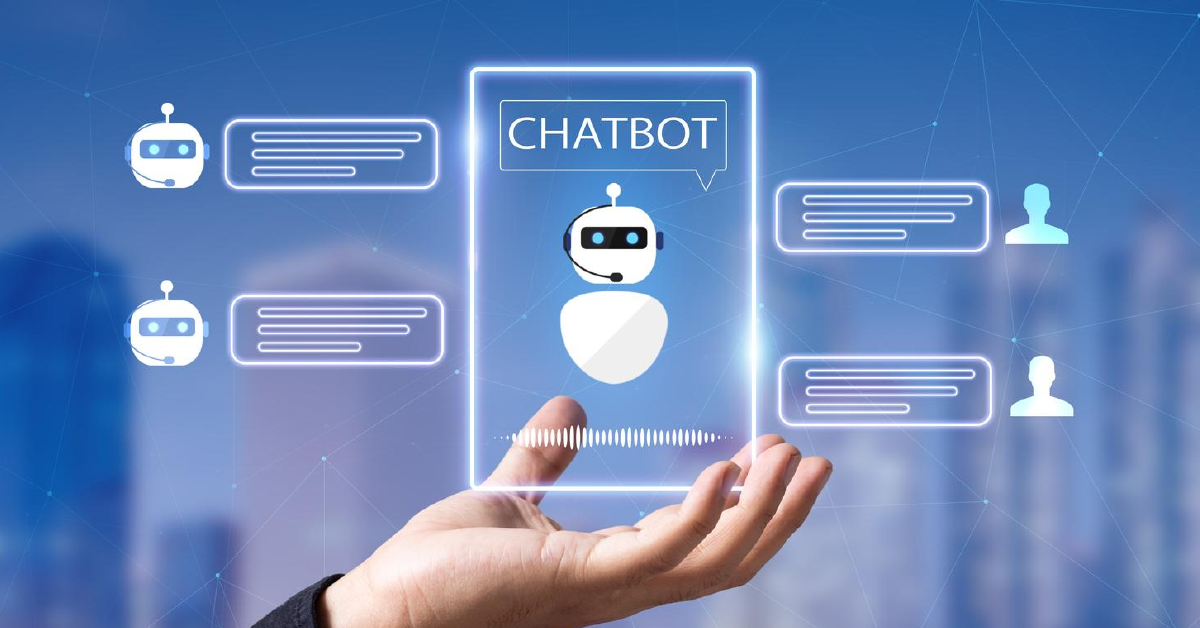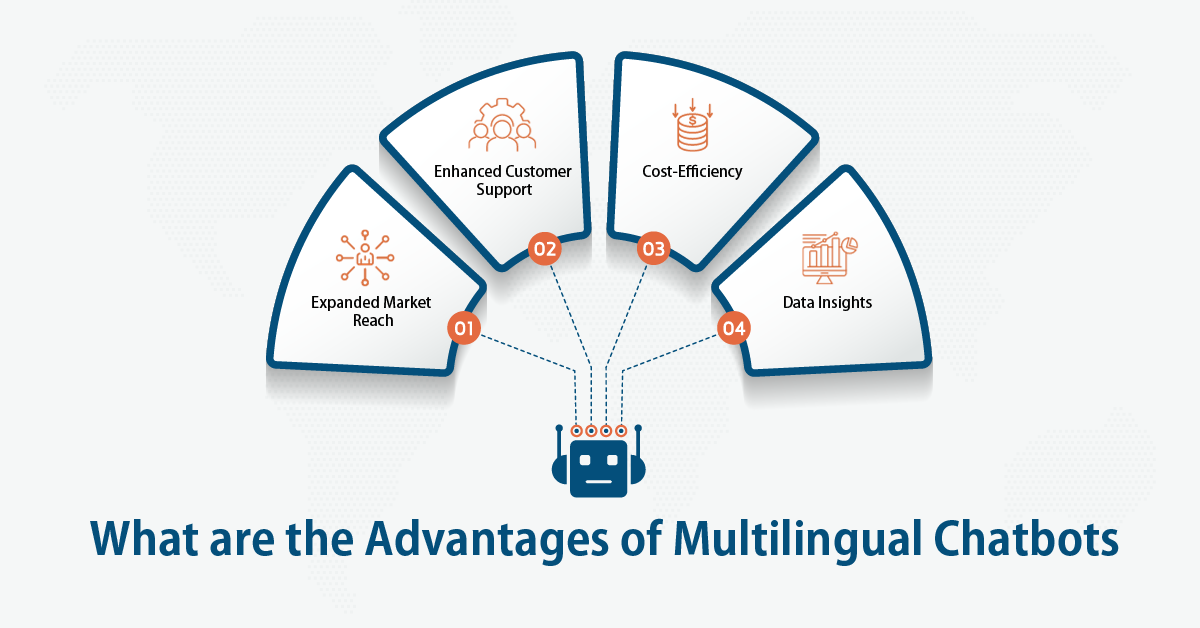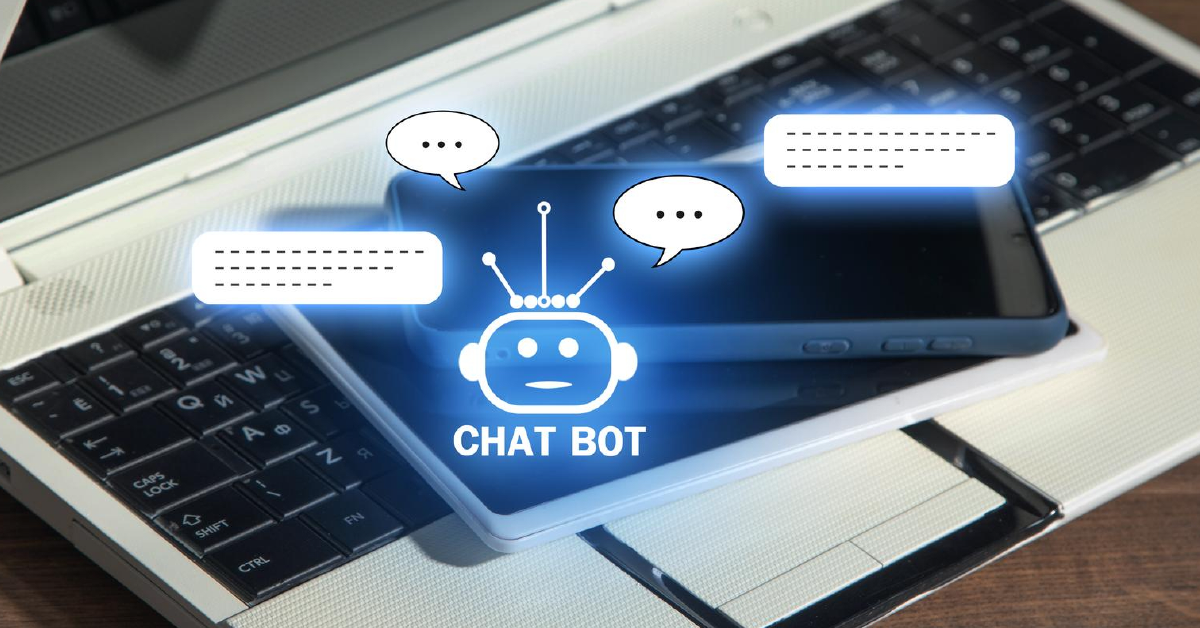Multilingual Chatbots – Challenges and Benefits of Creating

5 min read
Businesses are looking for innovative ways to communicate with clients from various linguistic backgrounds. The creation of multilingual chatbots is one potent option that is on the horizon. These AI-powered assistants could help people communicate across language boundaries and provide businesses with fascinating new prospects.
Customers from all around the world frequently purchase goods and services from online retailers. They provide customer service in a global market. Due to this, clients are likely to travel from other nations in addition to the one where your business is located. You can’t assure yourself that these clients will converse in English or any other language that might be widely used in your nation.
If you want your business to be really global, you must communicate with clients in their native language. You must communicate with them using their language. Virtual assistants are frequently used by businesses to give their consumers higher-quality customer support. Customers are more likely to make a purchase when a bot speaks to them in their preferred language.
Live chat translation is already being used by businesses to communicate with international clients. The logical next step would be to implementing it. In this post, we will examine the benefits of and how to integrate one into your platform for providing customer assistance.
Why do companies need a multilingual chatbot?
A multilingual chatbot is necessary for businesses to develop internationally, improve customer service, and overcome language hurdles. Customers may receive support at any time, regardless of their place or time zone, through automated conversational agents’ round-the-clock assistance in numerous languages. It enhances response times while also fostering client loyalty and satisfaction. Due to the elimination of the need for huge teams of multilingual customer care employees, it also result in significant cost savings. They offer dependable and consistent chat bot services, gather insightful customer data, and set up firms for success in a broad and fierce global economy.
How do you implement multilingual chatbots?
Businesses can utilize Google Translate for each language to accommodate the needs of web users. However, businesses do have yet another choice, and that is to incorporate a bot with multilingual support. The capabilities of a multilanguage chat assistants would eliminate the requirement for translation.
Let’s agree that it is neither practical nor inexpensive to develop a completely new virtual assistant for a new language. Choosing a single digital assistant with many language options is a reasonable strategy. Responding to them in their own speech would make your target audience very happy! Additionally, you will have a competitive advantage over rival brands.
What are the advantages of having multilingual chatbots for businesses?
Chatbots that speak many languages can help organizations enhance customer service, lower expenses, and gain a competitive edge in the worldwide market. They are excellent resources for fostering interaction and involvement with a wide range of international clients. Following are the several advantages for businesses.
-
Expanded Market Reach
The increase in market reach is one of the most significant benefits of using it. By providing service in multiple languages, businesses can reach new demographics and geographic areas. This strategy encourages diversity and cultural sensitivity in addition to drawing in a larger audience.
According to statistics, customers are more inclined to interact with brands that speak their language. With the help of this, businesses may better meet the needs and expectations of various linguistic communities and expand their global market share.
-
Enhanced Customer Support
Customer service is an important component of any company, and multi-language chat assistants are exceptional in this area. No matter where they are or what time zone they are in, these bots can offer 24/7 service in different languages, ensuring that consumers always get help when they need it. It leads to increased client loyalty and pleasure.
Additionally, it can address a variety of ordinary questions, freeing up human agents to concentrate on more difficult problems. It decreases operational costs while also speeding up reaction times.
-
Cost-Efficiency
Multilanguage chat assistants are no exception to the rule that automation is always more economical. Businesses can drastically cut operational costs by automating customer care and multilingual communication. It is no longer necessary for them to hire large teams of multilingual reps to handle enquiries.
It can result in significant cost reductions in sectors like e-commerce and hospitality, where consumer contacts are frequent and varied. These bots make sure that responses are consistent and lessen the possibility of human error.
-
Data Insights
Multilayered language chatbots are data producers as well as tools for customer service. Each time a user engages with virtual assistant, useful information is collected that can be used for market research and understanding customer behaviour. Using this information, businesses may customize their goods and services, make data-driven decisions, and improve the entire consumer experience.
The cross-cultural information gathered by multilanguage chat assistants, which can be very useful for figuring out the subtleties of various markets and demographics, aiding firms in honing their strategy and products.

What Challenges are Involved in The Development of Multilingual Chatbots?
Although there is no denying the advantages of it, there are still difficulties in their development:
-
Language Complexity
Complexities, including diverse syntax, grammar, and cultural quirks, are brought on by managing many languages. Strong Natural Language Processing (NLP) models are needed, and they must be continually improved to ensure accuracy in order to build chatbots that can communicate successfully in different languages.
-
Data Availability
Due to the scarcity of training data, creating chat assistant for less widely spoken languages can take time and effort. To combat this, developers frequently use methods like data augmentation and transfer learning to boost language model performance.
-
Maintenance and Updates
The effectiveness of these chatbots depends on ongoing upkeep and updates. It entails incorporating support for fresh speeches, enhancing current language models, and modifying for shifting cultural norms. Businesses must devote resources to maintaining their chatbots’ cultural sensitivity and currentness.
-
Cultural Sensitivity
To prevent unintentional misunderstandings or violations, chatbot technology must be culturally sensitive. Building trust and upholding a positive brand image requires an understanding of cultural context and subtleties.
What technological solutions are available to address the challenges in developing multilingual chatbots?
To address these issues, the research on machine learning and natural language processing is advancing quickly. The creation and upkeep of multilingual chatbots are becoming simpler as machine translation, speech recognition, and sentiment analysis continue to advance. Furthermore, ongoing research is focused on enhancing the language models and training data of chatbots to make them more culturally sensitive.
Conclusion
The way businesses interact with international audiences has changed through to multilingual chatbots. Their capacity to increase market penetration, improve customer service, cut expenses, and produce insightful data makes them priceless assets. Although there are difficulties, such as linguistic complexity and cultural sensitivity, technical developments continue to overcome these problems.
The use of AI-driven chatbots in customer service and interaction will increase as the globe gets more connected. Businesses that invest in creating and maintaining efficient talkbots will gain a competitive edge in the global market, establishing stronger client connections and opening up new doors for growth.
In conclusion, these are not simply a technological fad but also an essential strategic component for companies looking to succeed in a globally interconnected and increasingly varied environment.
Published: October 6th, 2023





